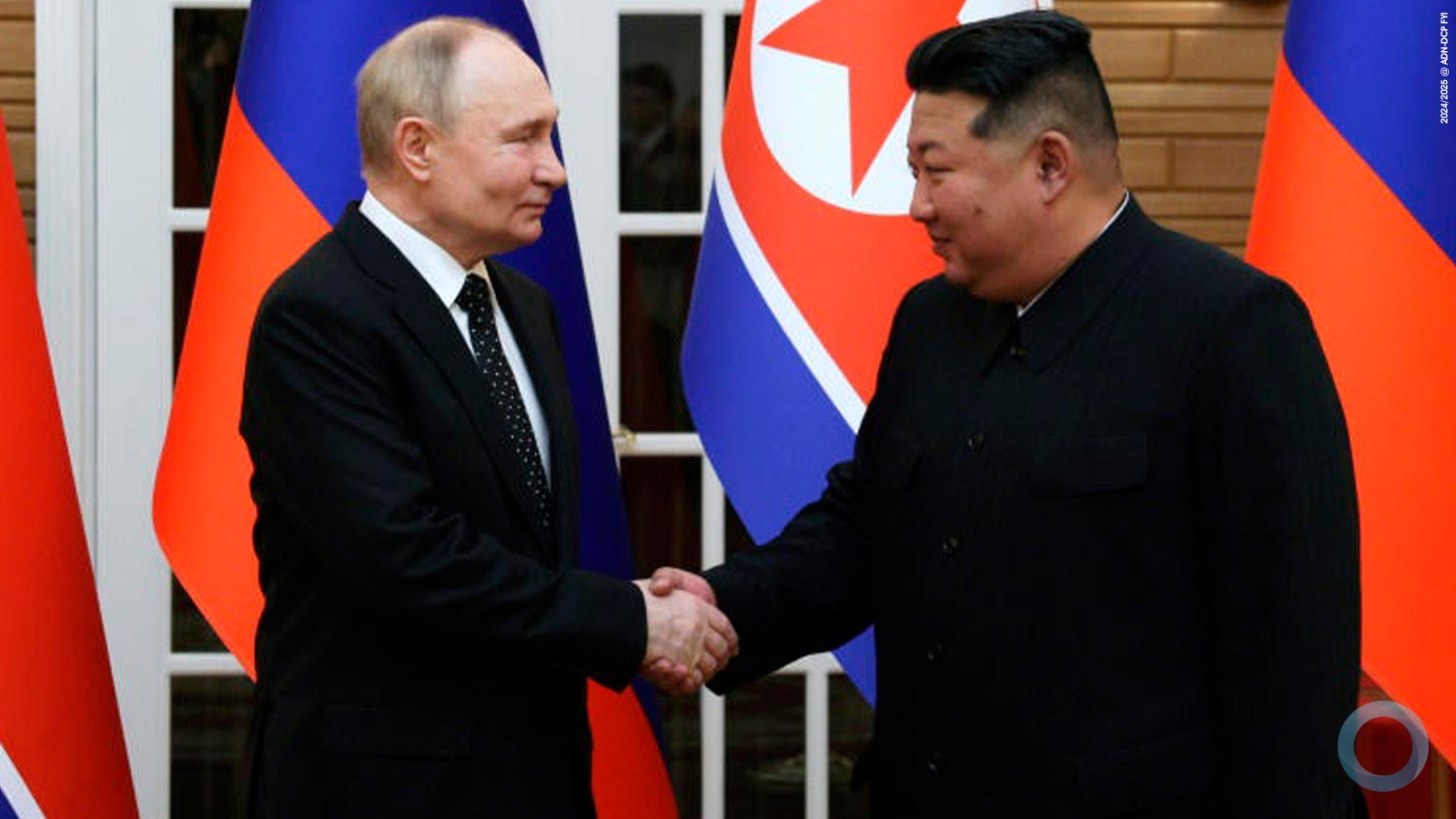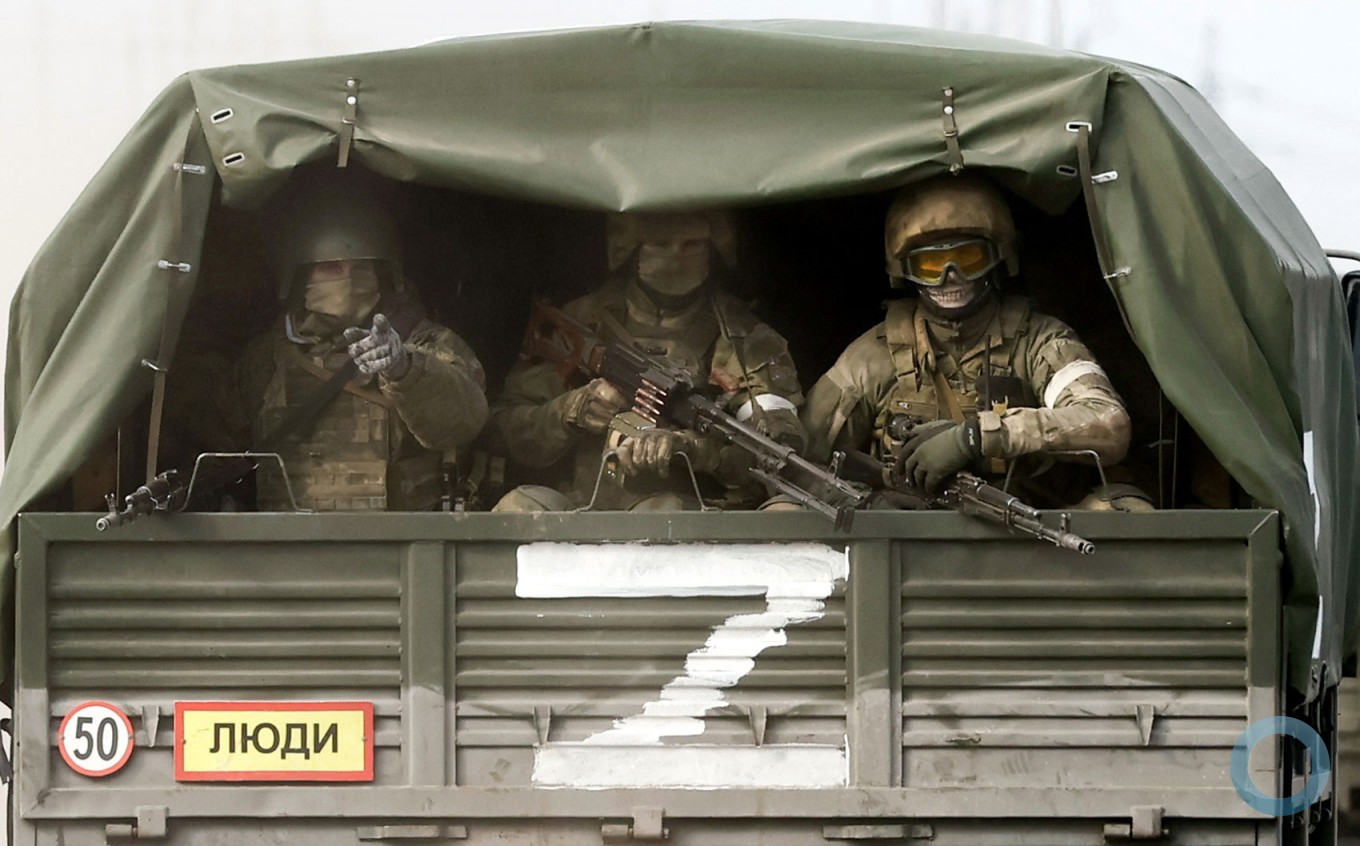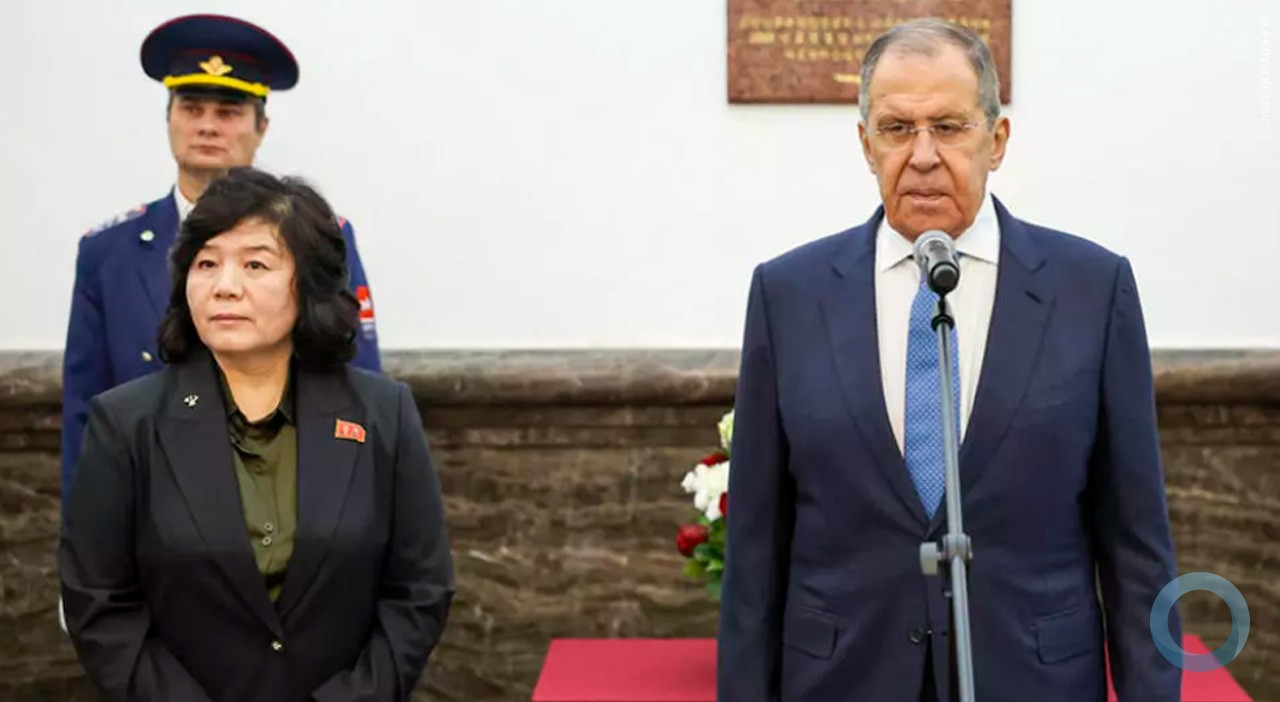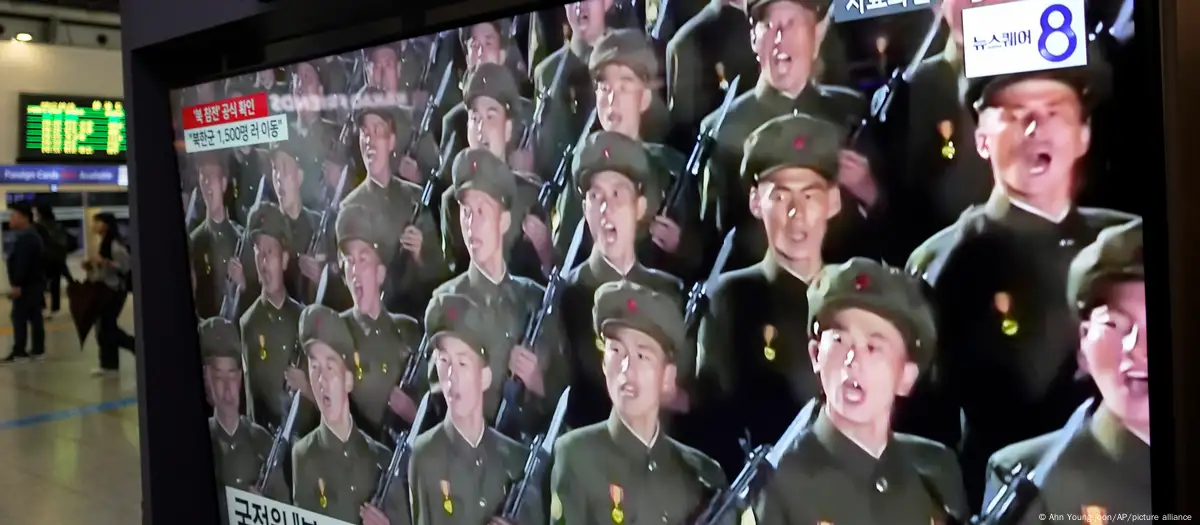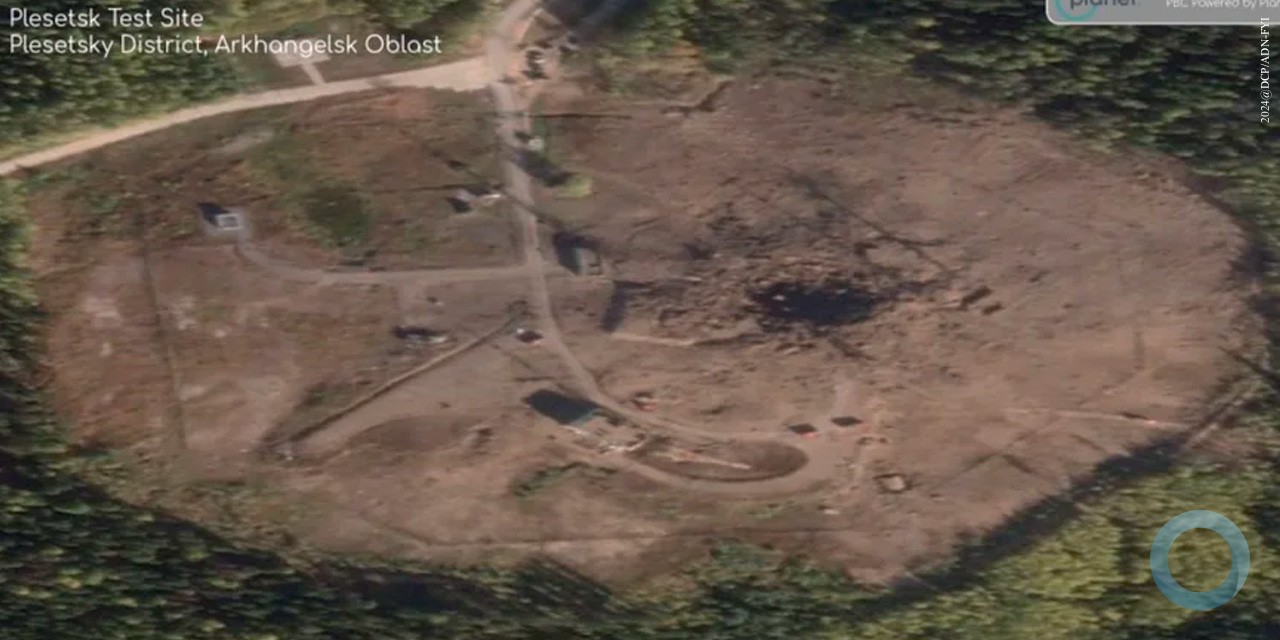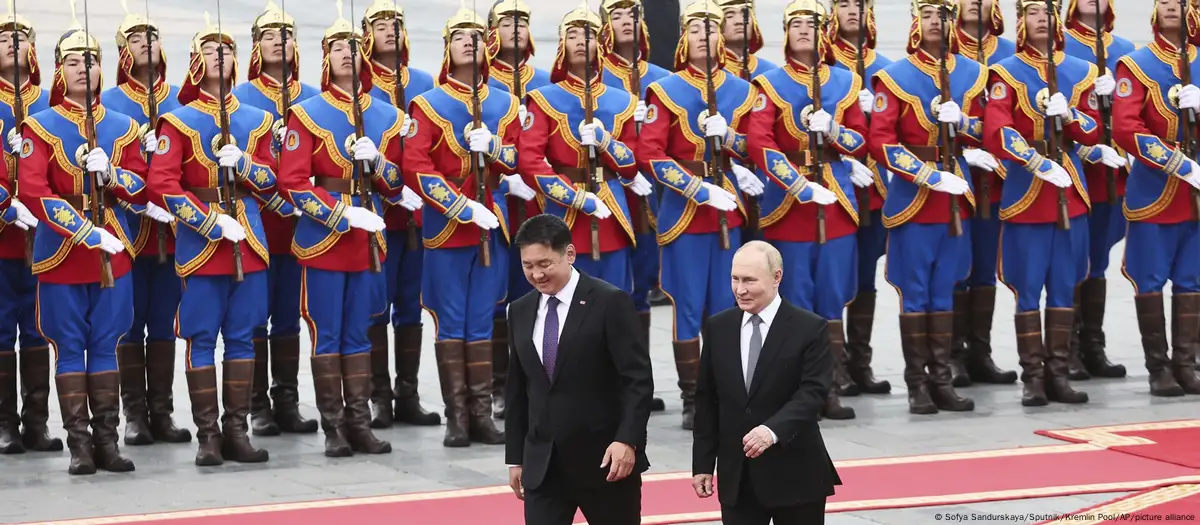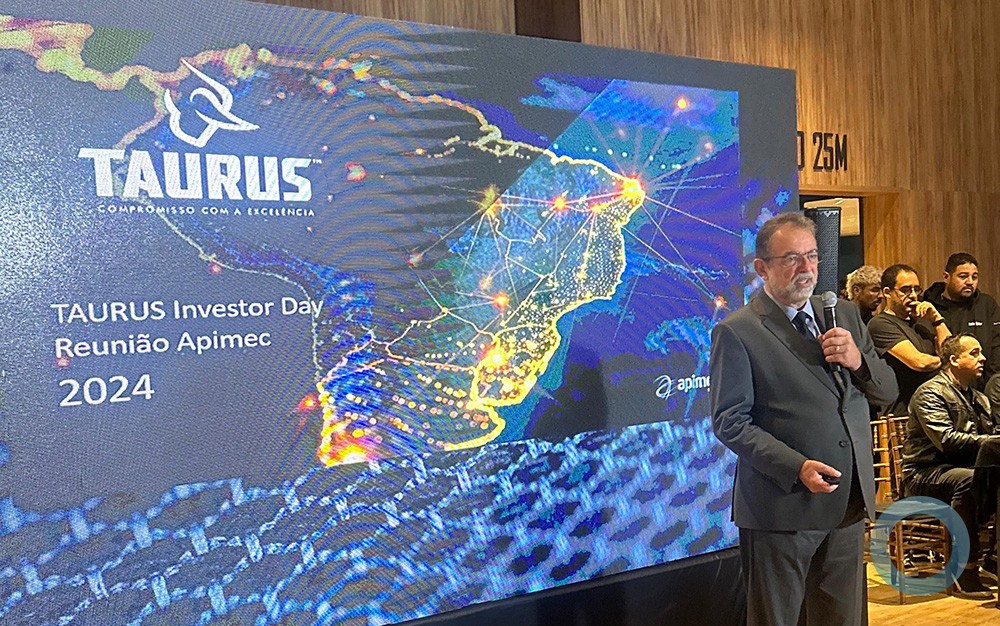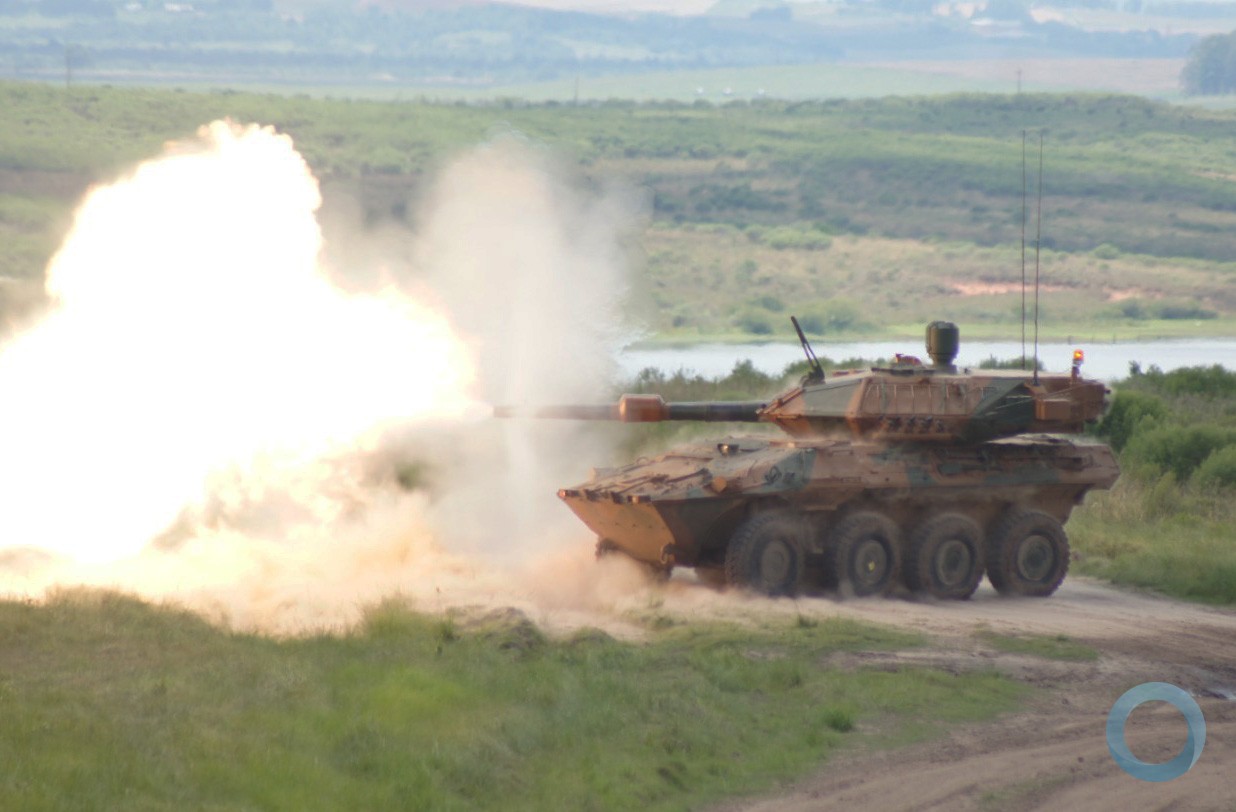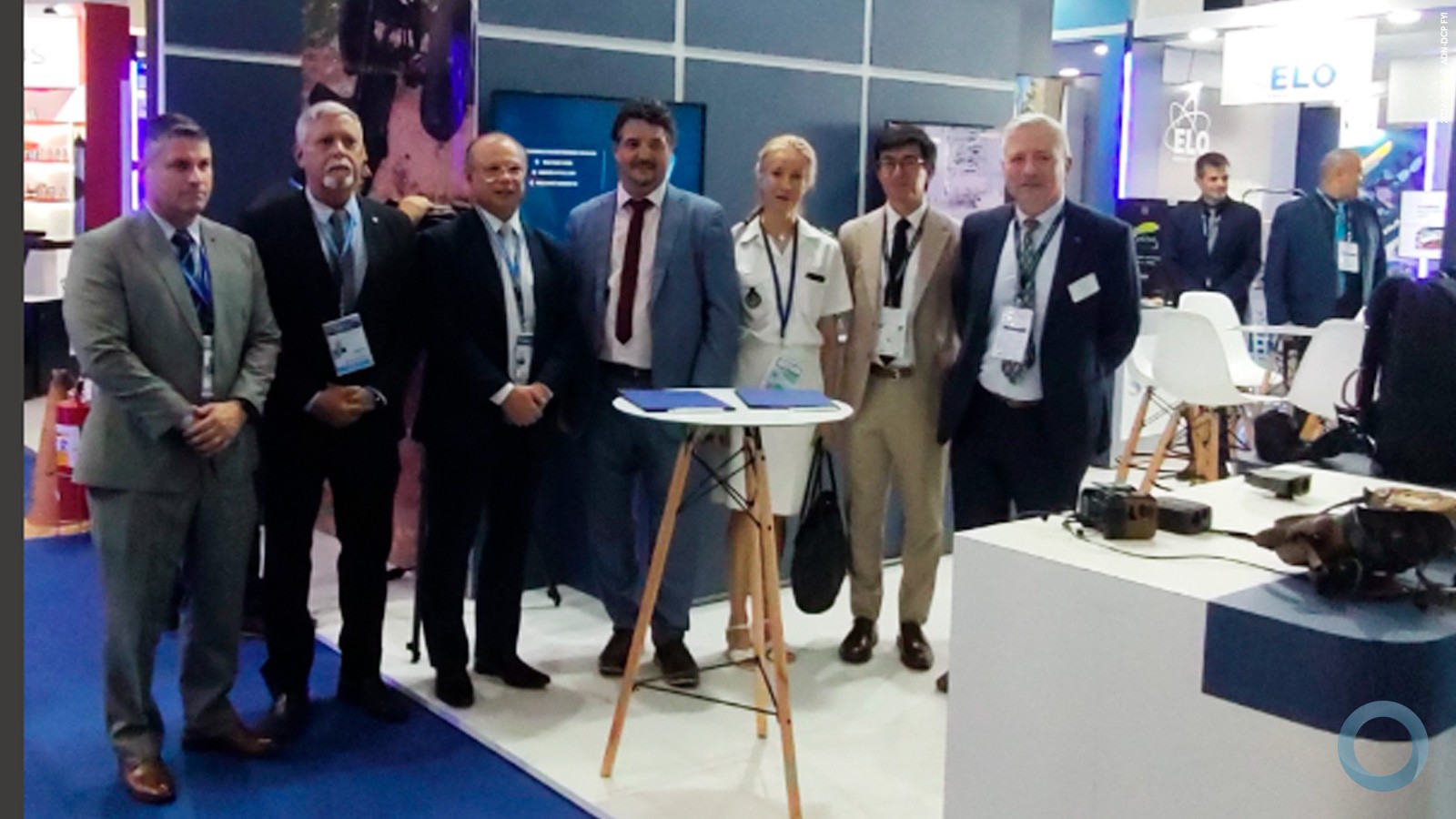United Instrument Manufacturing Corporation (UIMC) is creating new payload modules for Russian drones, which will help increase the effectiveness of aerial surveillance and monitoring of the Earth's surface.
“The technology we created can process hyperspectral data streams, leading to the creation of an “all-seeing eye” that allows our drones (UAV Unmanned Aerial Vehicle) to look beyond the usual boundaries of the human eye’s electromagnetic spectrum,” said Sergey Skokov, Deputy CEO of UIMC.
He said that the technology is based on the unique characteristics of spectral radiation emitted by every object or material. The equipment can uniquely identify anything in its field of view. This enables very accurate monitoring, assembling not just a picture made up of pixels, but pixels with a unique spectrum. This technology can also distinguish natural from man-made objects, such as camouflage nets from real grass, or fake from real elements.
The software and hardware system designed by UIMC specialists includes airborne and ground equipment that can automatically detect military equipment, including camouflaged and hidden objects. The system independently identifies targets using a database of hyperspectral characteristics of different objects and materials. With the help of opto-electronic equipment, the technology can also produce complete digital information about an area and can also assess environmental situations, including soil contamination, traces of chemicals, fuel spills, and more.
The technology can also be used in the civilian sphere. For example, in forestry it can assess the state of forests, their species composition, or to measure the effects of wildfires and pests. In the agricultural sector, hyperspectral data analysis can provide information about the state of the soil and whether it lacks certain elements. The technology can also determine the growing areas of crops, as well as diseases and other stress factors. Experts from an experimental farm in the Leningrad region are already working in this direction.






